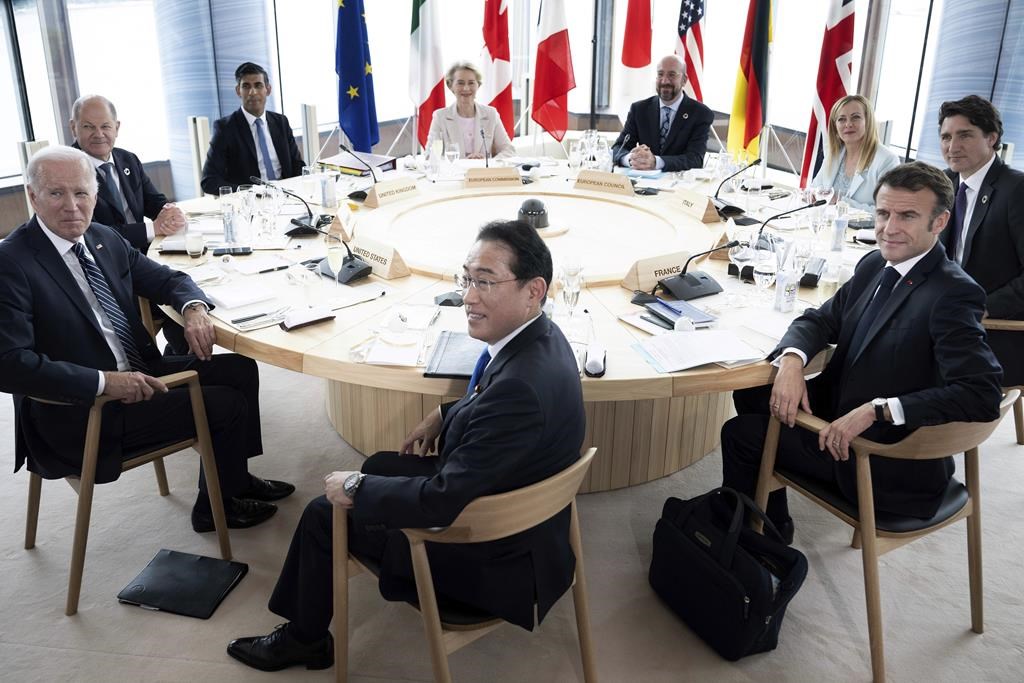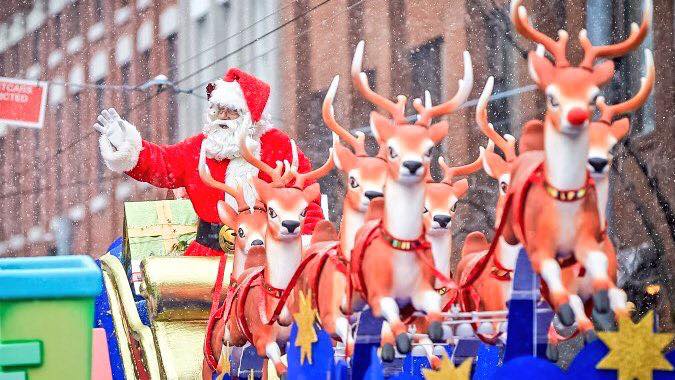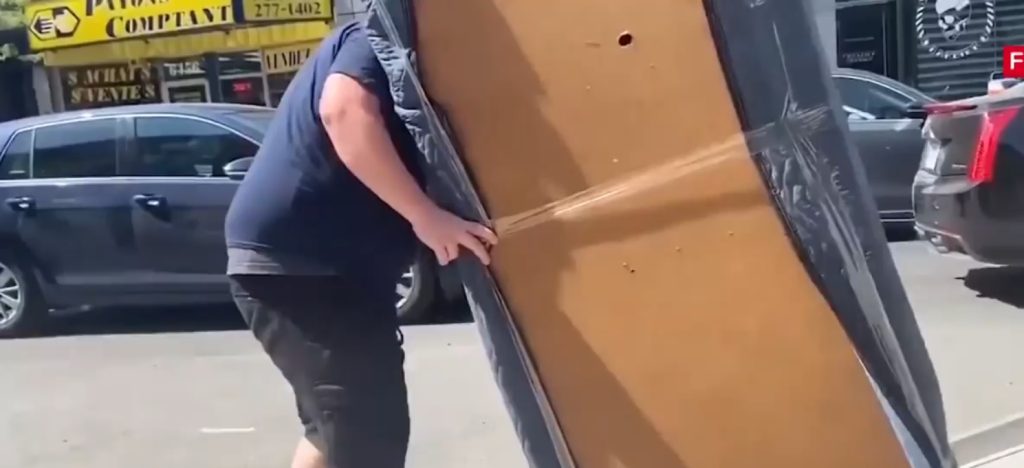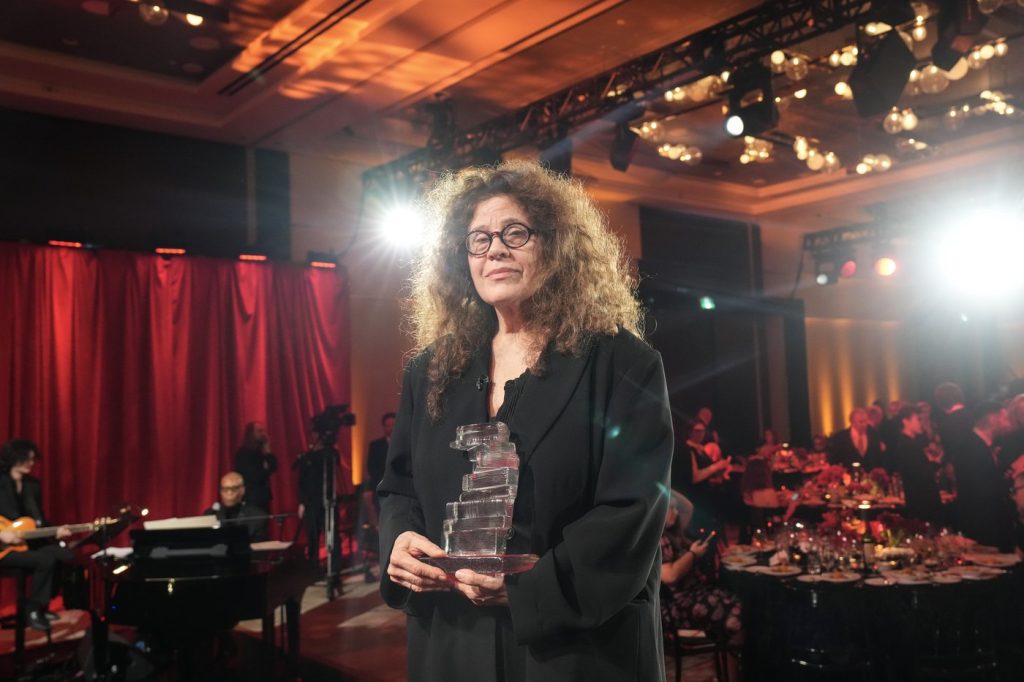Sanctions against Russia and what the G7 may do to fortify them

Posted May 20, 2023 12:05 am.
Last Updated May 20, 2023 12:16 am.
HIROSHIMA, Japan (AP) — The Group of Seven advanced economies are expected to announce a new set of sanctions against Russia to try to further hinder its war effort in Ukraine during their summit in Hiroshima, Japan.
In traveling to Japan, Ukrainian President Volodymyr Zelenskyy will help to drive home the need to better enforce measures meant to stifle Moscow’s war machine.
Russia is now the most-sanctioned country in the world, but there are questions about their effectiveness. EU Council President Charles Michel said the plan was to close loopholes and ensure the sanctions are painful for Russia, not for the countries enforcing them.
Here’s a look at what may be next, the sanctions so far, and the impact they have had on Russia’s economy and military effort.
WHAT THE G7 MIGHT DO
Michel said the 27-nation EU was focused on “shutting the door on loopholes and continuing to cut Russia off from critical supplies.” It is working on a plan to restrict trade in Russian diamonds and trace the trade to prevent Russia from skirting the restrictions. Russia exports about $4 billion worth of rough diamonds a year, nearly a third of the world’s total, and the lion’s share are cut and polished in India. The new sanctions follow an online summit in February where G7 leaders pledged to intensify enforcement through their sanctions watchdog Enforcement Coordination Mechanism to improve information sharing and enforcement. It has pledged to impose “severe costs” on other countries that evade or undermine them. “We will starve Russia of G7 technology, industrial equipment and services that support its war machine,” Ursula von der Leyen, president of the European Commission, said.
CHINA ON THE LIST?
Some Chinese companies that are thought to be supplying components to Russia that can be used for military equipment are on the list of entities that might be sanctioned, an EU official said Saturday. China has so far not joined other countries in announcing any restrictions on trade with Russia, but it also has refrained from providing weapons or other materiel.
WHAT THE G7 AND OTHER WESTERN NATIONS HAVE DONE SO FAR
The list is long and growing longer.
On Friday, the United Kingdom announced new sanctions targeting Russian seizures of Ukrainian grain, advanced military technology and Moscow’s remaining revenue sources. It froze assets of 86 more individuals and entities including companies connected to Rosatom that support President Vladimir Putin’s war effort. Russian sovereign assets will stay frozen until “Russia agrees to pay for the damage it has caused in Ukraine,” the British Foreign, Commonwealth & Development Office said in a statement.
The U.S. began by targeting members of Putin’s inner circle and their families and banks considered crucial to the Kremlin and Russia’s military. The U.S. also moved to limit Russia’s power to raise money abroad. Sanctions are imposed on individuals listed on a Specially Designated Nationals and Blocked Persons List through the Treasury Department’s Office of Foreign Assets Control. The list has expanded to include people and companies around the globe allegedly involved in supporting Russia’s military. It works with the Russian Elites, Proxies, and Oligarchs Task Force, a multi-agency group that cooperates with other countries to investigate and prosecute oligarchs and others allied with Putin.
On Friday, the Department of State announced new sanctions on more than 200 entities, individuals, vessels and aircraft, targeting Russia’s energy, military, technology, and metals and mining sectors. They also focused on entities and people involved in unlawful deportation of Ukrainian children and seizures of Ukrainian grain.
The EU has enforced sanctions largely in line with those imposed by the U.S., Britain and Canada. Since all 27 of its members must agree unanimously, the process can be a bit slower, officials say. The EU has imposed 10 rounds of sanctions on Russia since President Vladimir Putin ordered his forces into Ukraine on Feb. 24. Banks, companies and the energy sector have been hit. Well over 1,000 officials are subject to asset freezes and travel bans.
Japan stepped up its sanctions in February, freezing assets of Russians and Russian companies and suspending visas for some. It froze the assets of some financial institutions and banned exports of items that can be used for military purposes, dual-use goods, some commodities and semiconductors.
Canada has sanctioned dozens of Russians and Russian companies, including leaders of Russian state-owned energy company Gazprom and six energy sector entities.
WHY THEY SAY MORE SANCTIONS ARE NEEDED
G7 officials say they are seeing more and more evasion of sanctions. “High tech exports to third countries, from micro-processors and sensors for Russian cruise missiles to chips in military communications equipment, make their way onwards to Russia and end up in weapons used against Ukraine on the battlefield. We must put a stop to this,” von der Leyen said Friday.
THE IMPACT OF SANCTIONS SO FAR
Western sanctions have hit Russian banks, wealthy individuals and technology imports. Initially, the ruble plunged, foreign businesses fled and prices soared. A top Treasury Department official said U.S. sanctions and export controls have degraded Russia’s ability to replace more than 9,000 pieces of military equipment lost in the war. But economic life for ordinary Russians hasn’t changed much.
Russia’s exports to China, India and Turkey have surged since sanctions were imposed following the invasion of Ukraine, while those to Western countries and their allies Japan and South Korea have fallen sharply. The sanctions on Russian fossil fuels — such as the price cap on oil — have worked but their impact has been blunted by surging exports to China and India. Russia has managed to continue importing computer chips and other high tech items from the U.S. that have been routed through other transit points like Hong Kong and Taiwan.
Elaine Kurtenbach, The Associated Press








